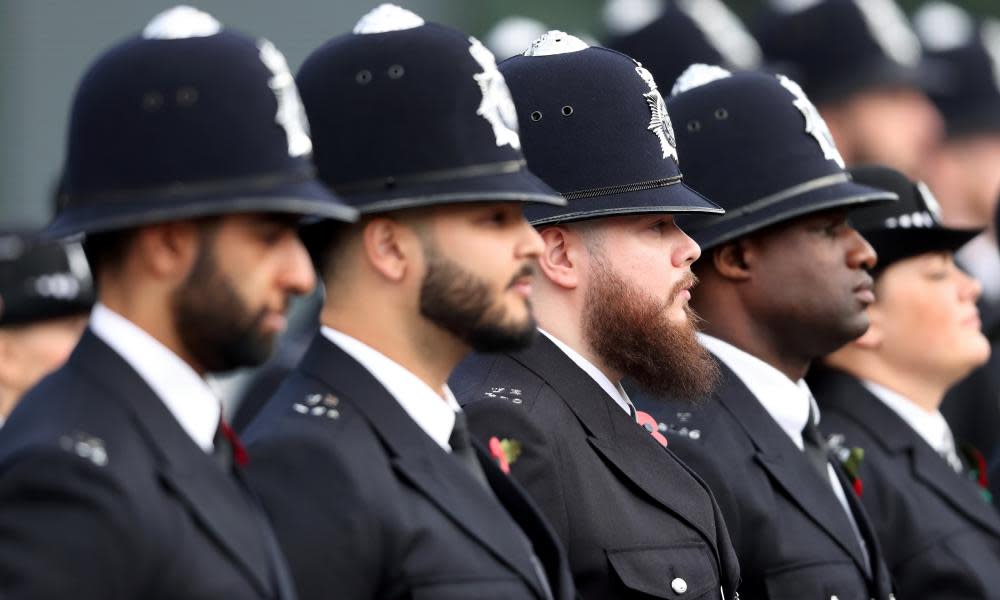A decade of cuts has set back diversity in the public sector

Ian Thomas is used to tough jobs. The former children’s services director at Rotherham council is now chief executive of Lewisham, a London borough facing huge financial pressure, including a £15.6m overspend on children’s services.
But there’s one thing, at least, that Thomas doesn’t have to worry about. The people who work for him broadly reflect the borough’s 227,000 residents, with about 42% of non-white staff – the same ratio as in the capital as a whole. That makes Lewisham one of the UK’s rarer local authorities. Most UK councils, like most UK public services, are not diverse. In the UK, 13% of people are from a black, Asian or other minority ethnic (BAME) background. Yet only 10% of local government workers, 12% of UK civil servants and 6% of prison officers in England and Wales are from a BAME background. And figures compiled by the Guardian show how a decade of cuts has laid waste to diversity in the police, with the deepest cuts at the lowest ranks of officers, precisely those with a greater number of BAME staff.
Only two areas of public service better reflect the UK population: social work and the NHS. Latest figures show that around one-fifth of social workers and NHS staff are from BAME backgrounds, although given that 42% of medics are not white, diversity in non-clinical NHS jobs is very much lower.
The lack of diversity is even more acute at senior levels. Judges, senior civil servants, chief constables and NHS chief executives are still predominantly white. In local government, according to last year’s Colour of Power report, none of the 108 chief executives of England’s largest councils was a BAME person.
What’s holding up change, given that politicians and officials have been clear for decades about the need to tackle this? There’s been training on unconscious bias and the civil service has had a race champion since 2014. But good intentions have not produced results. Cuts have had an impact at every level, squeezing out BAME workers from entry-level jobs, but also squeezing out middle managers, leaving a smaller pipeline of potential leaders. At a recent event on diversity, Thomas made a real point: it’s not up to BAME workers to make the public sector more diverse. It’s for all public leaders to tackle how they recruit, retain and promote staff.
The challenges facing public services are huge. They need every drop of talent they can get. Neglecting to muster that talent isn’t just a shame, it’s a wilful failure.
• Jane Dudman is the Guardian’s public leaders editor

 Yahoo News
Yahoo News 
